Seoul's Royal Rides and Cultural Delights
Join us for a free walking tour of Seoul's rich heritage. I love riding a bicycle, and this journey unveils the city's royal history and vibrant culture!
Time
3 Hours
Stops
9 Places
Distance
?
Gyeongbokgung Palace
Begin your journey at Gyeongbokgung Palace, the largest of the Five Grand Palaces built during the Joseon Dynasty, offering a glimpse into Korea's royal past.

Gyeongbokgung Palace (Source: Google Maps)
Gyeongbokgung Palace, known as the 'Northern Palace,' was constructed in 1395 and served as the main royal palace of the Joseon Dynasty. This architectural masterpiece showcases traditional Korean architecture with its elegant wooden structures, beautifully adorned with intricate carvings and vibrant colors. The palace grounds include the National Folk Museum of Korea, which offers insights into the daily lives of Koreans through various exhibitions and artifacts. The Changing of the Guard ceremony at the main gate is a must-see, reflecting the historical significance and regal atmosphere of the palace.
National Folk Museum of Korea
Located within the palace grounds, this museum provides an insightful look into the daily lives and culture of traditional Korean people.

National Folk Museum of Korea (Source: Google Maps)
Situated within the grounds of Gyeongbokgung Palace, the National Folk Museum of Korea provides a deep dive into the cultural practices and lifestyles of traditional Korean people. Established in 1945, the museum features three main exhibition halls that display artifacts and replicas showcasing various aspects of Korean life, from agriculture to domestic living. The outdoor exhibition area replicates traditional village settings, allowing visitors to visualize historical Korean life. The museum aims to educate and preserve the rich heritage of Korea, making it a significant cultural institution.
Bukchon Hanok Village
Stroll through this picturesque village, which is home to hundreds of traditional Korean houses (hanoks) that date back to the Joseon Dynasty.

Bukchon Hanok Village (Source: Google Maps)
Bukchon Hanok Village is a beautifully preserved area that showcases traditional Korean architecture, known as hanok. Dating back to the Joseon Dynasty, this village is home to hundreds of hanoks, many of which are still inhabited today. Visitors can wander through narrow alleys, experiencing the serene atmosphere and stunning views of the city juxtaposed with traditional homes. The area serves as a cultural hub, with various workshops and galleries offering classes in traditional crafts and art. Bukchon is not only a tourist attraction but also a living community that embodies Korea's rich history.
Samcheong-dong
Enjoy a walk through this charming neighborhood known for its art galleries, boutiques, and cafes, offering a blend of traditional and modern Korean culture.
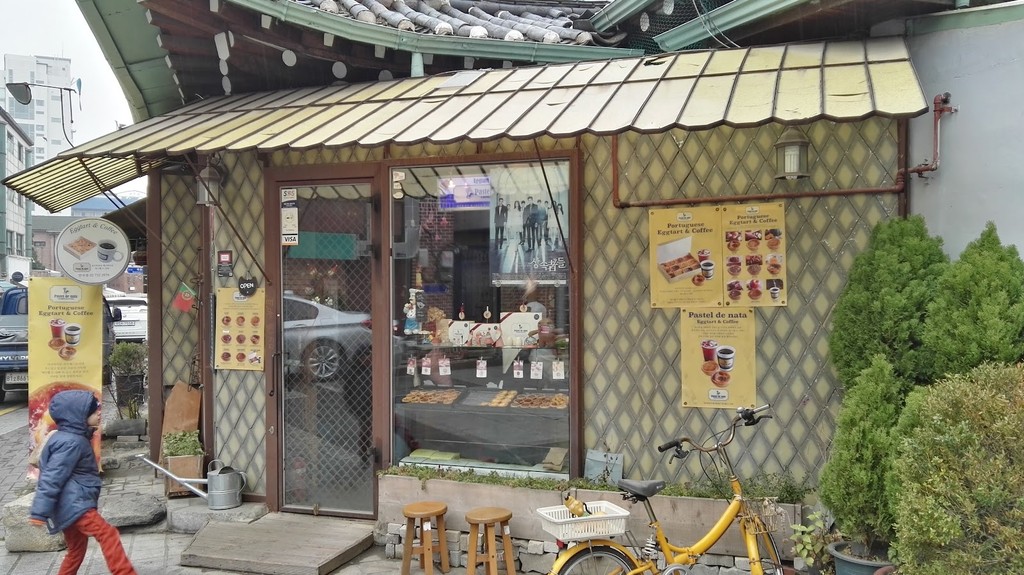
Samcheong-dong (Source: Google Maps)
Samcheong-dong is a charming neighborhood that beautifully blends traditional and modern Korean culture. Known for its art galleries, boutiques, and cafes, this area offers a unique shopping and dining experience. The streets are lined with hanoks that have been renovated into trendy shops, providing a picturesque setting for a leisurely stroll. Samcheong-dong is also home to various cultural events and exhibitions, making it a vibrant part of Seoul's cultural landscape. The neighborhood's artistic vibe and historical significance make it a must-visit for anyone looking to experience the contemporary side of traditional Korea.
Café Bora
Take a short break at Café Bora, famous for its sweet potato desserts and drinks, providing a unique taste of Korean flavors.
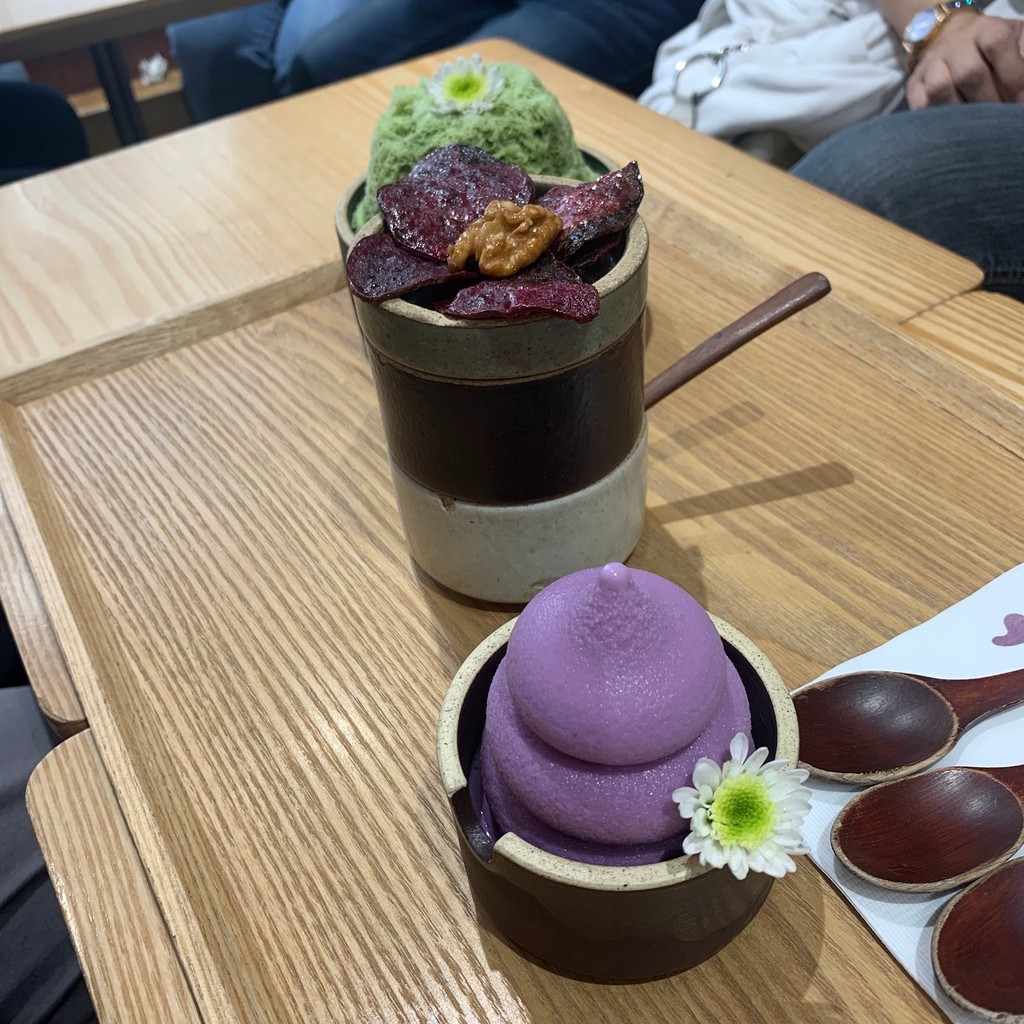
Café Bora (Source: Google Maps)
Changdeokgung Palace and Huwon
Continue to this UNESCO World Heritage Site, renowned for its beautiful Secret Garden and harmonious architecture.
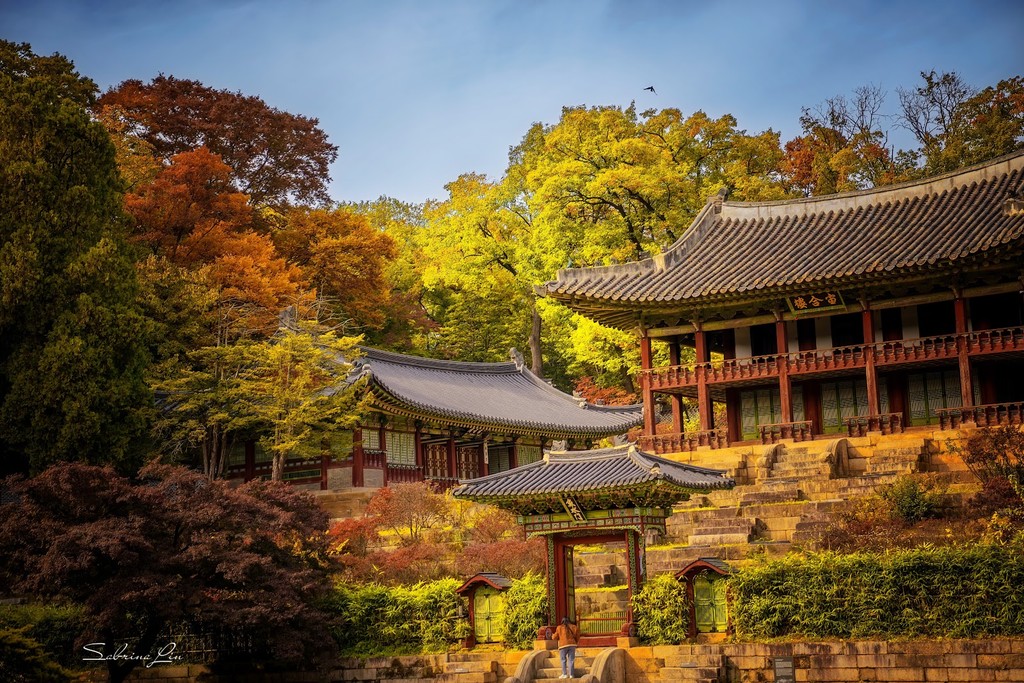
Changdeokgung Palace and Huwon (Source: Google Maps)
Changdeokgung Palace, a UNESCO World Heritage Site, is renowned for its beautiful Secret Garden (Huwon) and harmonious architectural design. Built in 1405, it served as the secondary palace of the Joseon Dynasty and is celebrated for its natural integration with the surrounding landscape. The garden features various pavilions, ponds, and walking paths, reflecting the traditional Korean philosophy of harmony with nature. The palace complex is an excellent example of East Asian palace architecture, showcasing the beauty of simplicity and elegance in its structures and gardens.
Jongmyo Shrine
Visit this Confucian shrine dedicated to the deceased kings and queens of the Joseon Dynasty, known for its serene atmosphere and historical significance.
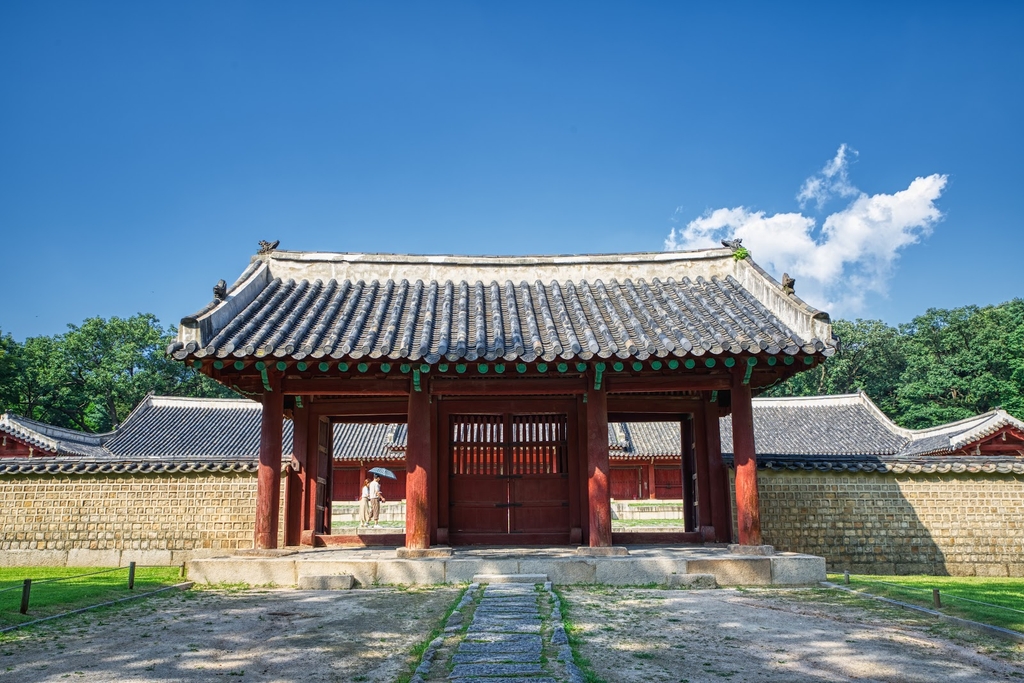
Jongmyo Shrine (Source: Google Maps)
Jongmyo Shrine is a Confucian shrine dedicated to the deceased kings and queens of the Joseon Dynasty, established in 1394. It is one of the oldest royal shrines in Korea and is recognized for its serene atmosphere and historical significance. The shrine's architecture adheres to Confucian principles, emphasizing harmony and simplicity. It houses ancestral tablets and is the site of the Jongmyo Jerye ritual, a UNESCO-recognized ceremony that honors the royal ancestors. The shrine's tranquil surroundings and rich history provide a profound insight into Korea's cultural and spiritual heritage.
Ikseon-dong Hanok Village
Explore this trendy area filled with renovated hanoks, quirky cafes, and artisan shops, blending history with contemporary vibes.
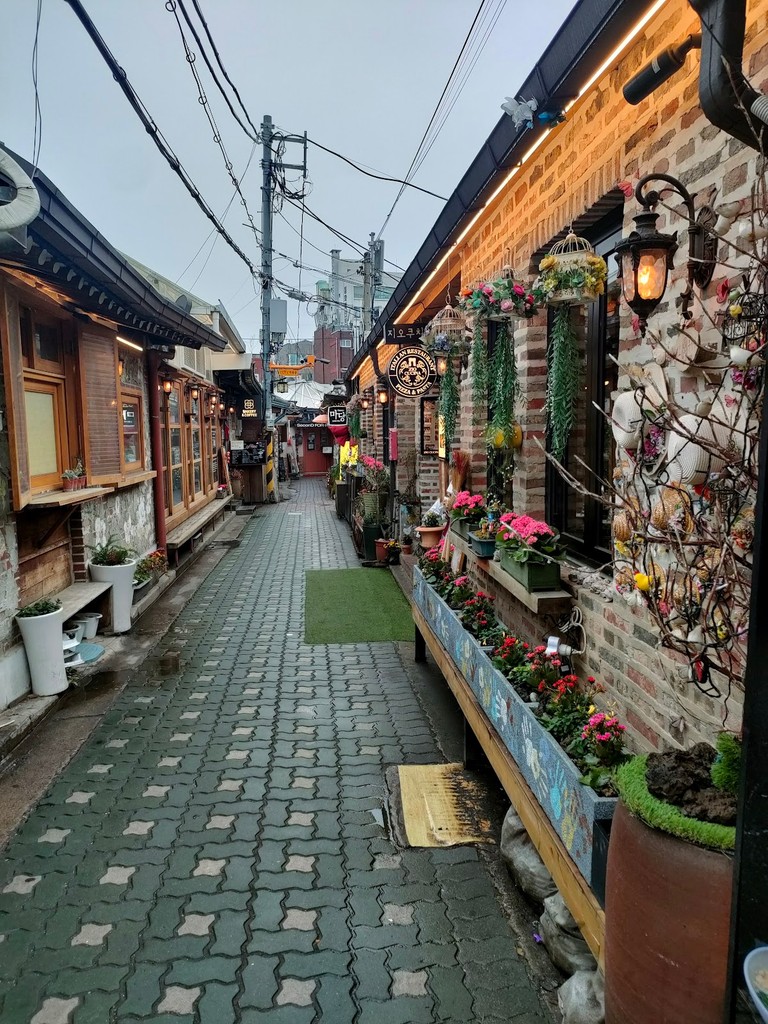
Ikseon-dong Hanok Village (Source: Google Maps)
Ikseon-dong Hanok Village is a trendy area that has transformed traditional hanoks into vibrant cafes, artisan shops, and boutique stores. This area reflects a unique blend of history and modernity, making it a popular destination for both locals and tourists. The narrow alleys are filled with charming establishments, each with its own character and style. Ikseon-dong is known for its creative atmosphere, hosting various cultural events and art exhibitions. The preservation of traditional architecture amidst contemporary developments makes it a fascinating place to explore the evolution of Korean culture.
Tongin Market
Conclude your tour at this bustling market where you can enjoy traditional Korean street food and snacks, using a unique coin system to purchase delicacies.
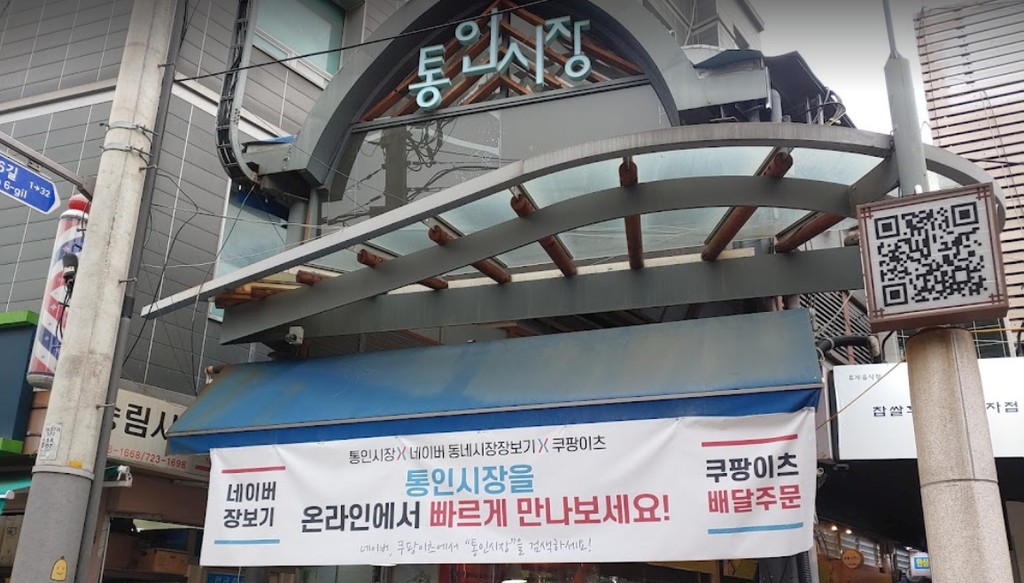
Tongin Market (Source: Google Maps)

Your travels, your rules.
Create your own Free Walking Tours.
Set your preferences, distances and anything you want to do or see.
Completely free, no payment required.